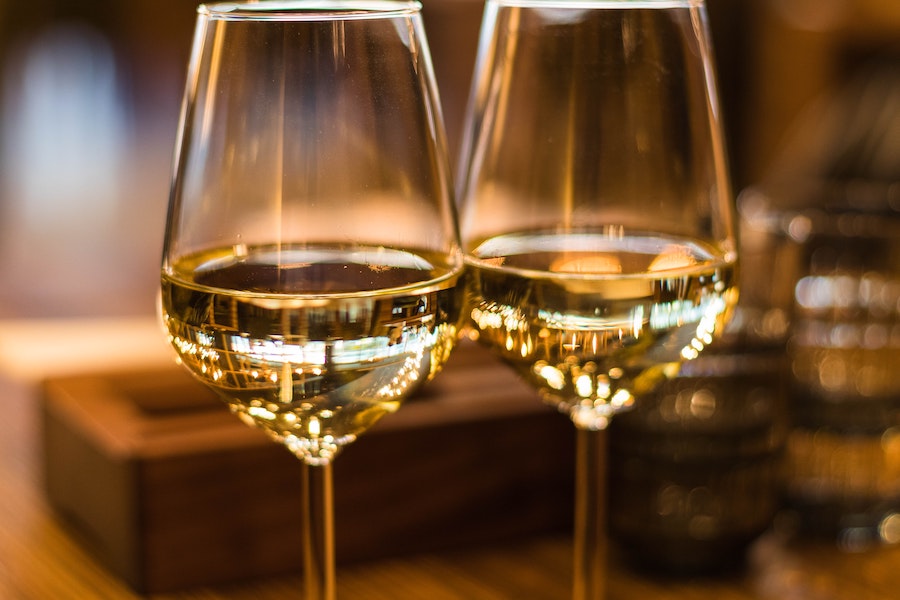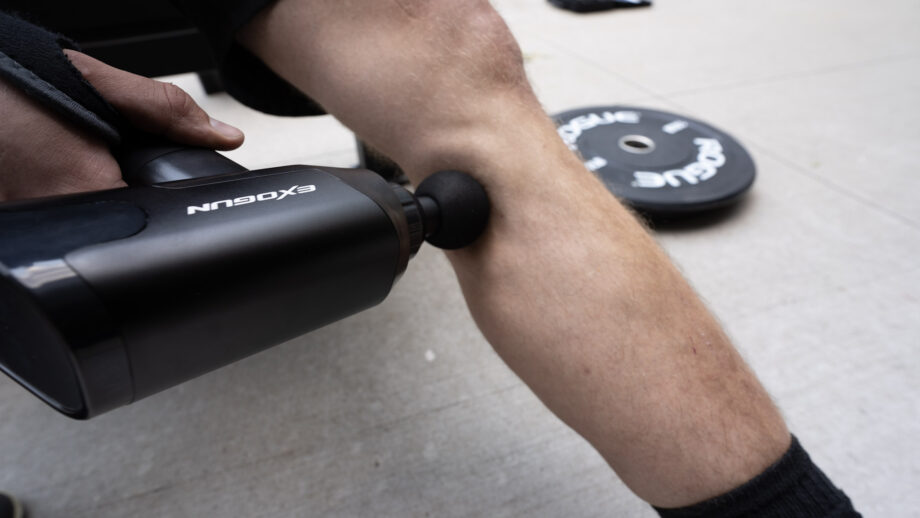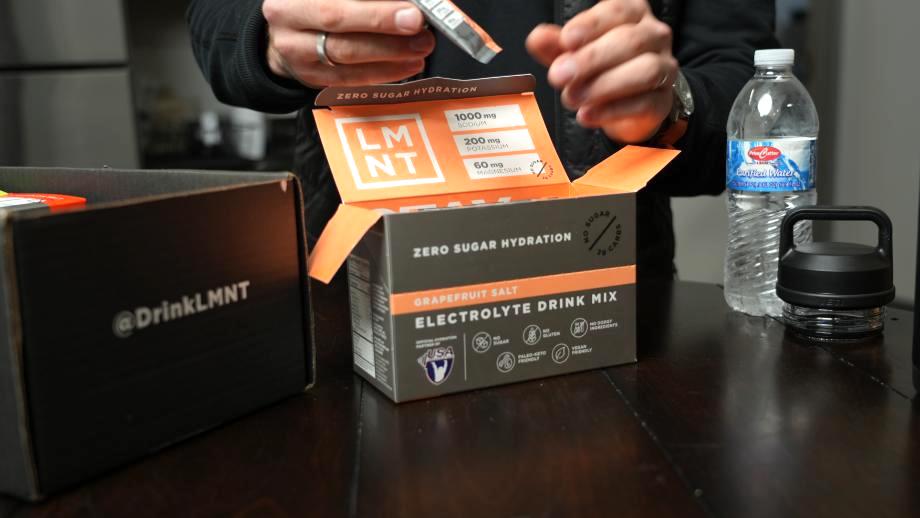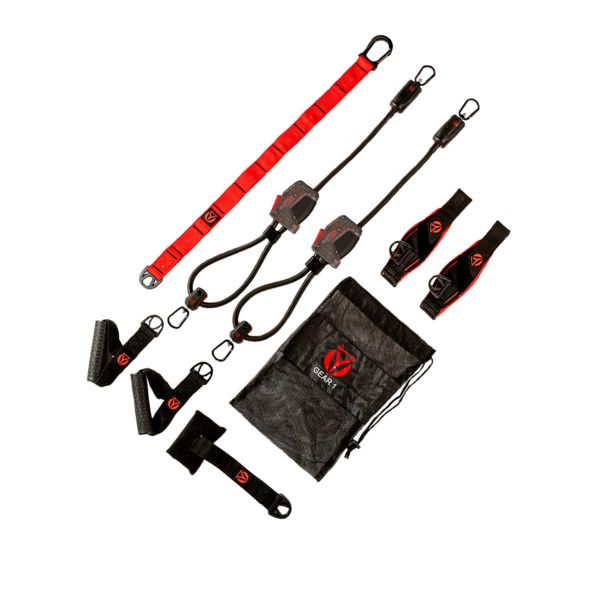If you’ve ever tracked alcohol while tracking other macronutrients, you may know that the calories start to add up in alcoholic beverages, and they can do it quickly. Alcohol itself has a caloric content of 7 calories per gram—more than protein and carbs, but slightly less than fats. Additionally, the sugar content of certain mixed drinks and cocktails can add even more calories to your alcoholic drinks.
RELATED: Best Calorie Counter Apps
Whether your fitness goals include weight loss, building muscle, or just being active or your healthiest, it’s important to be mindful of your alcohol—and calorie—consumption. We’ve done the hard work for you in creating a list of 25 alcoholic beverages ranked by calories, all to help you make an informed decision next time you’re at a social event.
I also spoke with USA Weightlifting’s Meagan O’Connor, MS, RDN, CSSD, ISAK-1, LDN, about the impact alcohol can have on your fitness goals, as well as ways for fitness enthusiasts to consume alcohol responsibly. Let’s get into our list, as well as some main points.
Key Takeaways
- Calories from alcohol are considered “empty calories,” meaning, like added sugars and saturated fats, they don’t provide a lot of nutrients in their calorie content.
- Drinking five or more alcoholic beverages in one night can alter your brain and body’s performance for up to three days1.
- Alcohol consumption can slow down your metabolism and alter how your body absorbs nutrients, which can lead to weight gain and nutrient deficiencies2.
- Hard seltzers contain the least calories per ounce, with drinks like White Claws, Trulys, and High Noons all having about 8 calories per fluid ounce.
- Mixed drinks and cocktails tend to have more calories per ounce, with Mai Tais containing 61 calories per fluid ounce—mainly due to added sugars like simple syrup and soft drinks.
Top 5 Alcoholic Beverages: Least Calories Per Ounce
The types of alcohol with the lowest calorie count per ounce are hard seltzers, with about 8 calories per ounce. Light beers rank second with 9 calories, followed by regular beers3 and highball drinks. Beers with a higher ABV (alcohol by volume) will have more calories, but typical beer with a lower alcohol content will have about 13 calories per ounce.
| Rank | Drink | Calories per 1 fl oz |
| 1 | White Claw, Truly, and High Noon Seltzers | 8 |
| 2 | Light Beer | 9 |
| 3 | Founders All Day IPA | 12 |
| 4 | Beer (regular) | 13 |
| 5 | Highball | 14 |
Bottom 5 Alcoholic Beverages: Most Calories Per Ounce
Cocktails with added sugars rank as having the most calories per ounce, with Mai Tais having 61 calories per ounce and coffee liqueur containing 107 calories per ounce. Yeesh.
Distilled liquors rank toward the bottom as well, with higher-proof liquors having higher alcohol content. Still, a standard shot of 80-proof liquor with a zero-calorie mixer like sparkling water, tonic water, or Diet Coke can be a lower-calorie drink in total—around 96 calories per drink4. Therefore, drinks like vodka soda or gin and tonic can be lower-calorie options for alcoholic beverages.
| Rank | Drink | Calories per 1 fl oz |
| 21 | Mai Tai | 61 |
| 22 | All distilled 80-proof liquors | 64 |
| 23 | All distilled 90-proof liquors | 73 |
| 24 | All distilled 100-proof liquors | 82 |
| 25 | Coffee Liqueur | 107 |
How Alcohol Can Make You Gain Weight
“Alcohol is calorically expensive, with 7 calories per gram,” says sports dietitian Meagan O’Connor, MS, RDN. “This is almost as much as fat, which has 9 calories per gram.” Meagan also mentions that, unlike most fats, protein, and carbohydrates, the calories from alcohol are not nutrient-dense.
What’s more than these calories being empty is that alcohol is processed differently than other macronutrients. Your liver metabolizes alcohol, and it requires niacin, thiamine (vitamin B1), and other B vitamins to process. These micronutrients won’t be available for other vital bodily functions. Alcohol also impairs your ability to absorb and store other vitamins and minerals2, like vitamin B12, vitamin A, and folacin. This can lead to a nutrient deficiency.
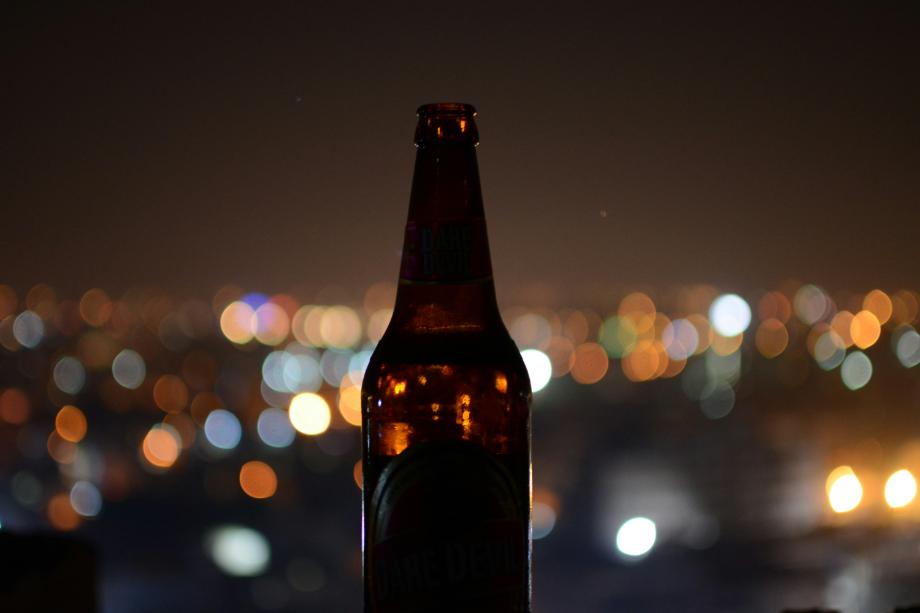
Unlike other macronutrients, alcohol can’t be stored in the body, so it must be broken down before all other macronutrients. Prioritizing alcohol this way can reduce your metabolic rate5, which lowers the amount of fat your body burns for energy. This slow-down of burning fat can lead to weight gain and obesity.
RELATED: Creatine and Alcohol
For an alcoholic beverage that has some nutrients, Meagan suggests a red wine like a pinot—which has 25 calories per ounce. “Red wine contains polyphenols6, which are antioxidants that can aid in heart health and also protect from various chronic diseases,” she says.
All Alcoholic Beverages Ranked by Calorie Content
From lagers and rieslings to triple sec, cocktails, and mojitos, here are the calories in alcoholic beverages, ranked by the calorie content per ounce. Hard seltzers and light beers top the list with fewer calories—8 or 9 per ounce—and sugary cocktails and higher-alcoholic content liquors toward the bottom.
While this list is helpful in telling the alcoholic content per ounce, it’s important to remember the varying serving sizes of different types of alcohol. Seltzers typically come in 12-ounce cans, wines (red, white, and rose) are 5 ounces, and liquors are 1.5 ounces. Make sure to calculate the serving size into your caloric content.
| Rank | Beverage | Cals per 1 fl. oz |
| 1 | White Claw, Truly, and High Noon Seltzers | 8 |
| 2 | Light Beer | 9 |
| 3 | Founders All Day IPA | 12 |
| 4 | Beer (regular) | 13 |
| 5 | Highball | 14 |
| 6 | Mimosa | 19 |
| 7 | Voodoo Ranger Imperial IPA | 20 |
| 8 | Mikes Hard Lemonade | 20 |
| 9 | Rum and Coke | 23 |
| 10 | White Table Wine | 24 |
| 11 | Red Table Wine | 25 |
| 12 | Bloody Mary | 27 |
| 13 | Tequila Sunrise | 33 |
| 14 | Sake | 39 |
| 15 | Margarita | 42 |
| 16 | Dry dessert wine | 45 |
| 17 | Whiskey sour | 45 |
| 18 | Cosmopolitan | 53 |
| 19 | Pina colada | 55 |
| 20 | Daiquiri | 56 |
| 21 | Mai Tai | 61 |
| 22 | All distilled 80 proof liquor | 64 |
| 23 | All distilled 90 proof liquor | 73 |
| 24 | All distilled 100 proof liquors | 82 |
| 25 | Coffee Liqueur | 107 |
These numbers were gathered from the following sources:
- Medline Plus
- U.S. Department of Agriculture
- Center for Science in the Public Interest
- Evergreen
- BeerBoard
- CalorieKing
Alcoholic Beverages Ranked By Calories: Final Thoughts
Although alcohol consumption is a choice that’s entirely up to you, you can still add it to a balanced and healthy diet of nutrient-dense whole foods. “The key is moderation,” adds Meagan O’Connor, MS, RDN, “and drinking water in between drinks. One or two drinks while you’re out won’t be terrible, but it’s not nutritious, and alcohol doesn’t support muscle maintenance—especially if you’re trying to lose weight at the same time.”
If you’re trying to reduce the empty calories you consume with alcohol, aim for drinks that lack added sugars, like hard seltzers or liquors with zero-calorie mixers. Keeping everything in moderation will help you achieve your fitness and wellness goals, but remember that excessive alcohol consumption can lead to nutrient deficiencies and even weight gain. As always, talk with your physician, dietitian, or nutritionist about the use and risks of alcohol in your diet.
Alcoholic Beverages Ranked By Calories: FAQs
What alcoholic drink has the lowest calories?
When ranked by the number of calories per ounce, hard seltzers like White Claw, Truly, or High Noon are among the lowest calories, with about 8 calories per ounce.
However, it’s important to note that alcoholic beverages can also vary in the volume of the drink. Although red wine is estimated to have 25 calories per ounce, a standard 5-ounce pour comes out to 125 calories, just over a 12-ounce can of hard seltzer (about 100 calories).
Which alcohol has the highest calories?
Coffee liqueur ranks highest on our list of alcoholic beverages, with 107 calories per ounce. This is due to using a stronger liquor, rum, and added sugars like simple syrup.
How to calculate calories in alcoholic beverages?
Alcohol is technically its own macronutrient and has its own calorie count; 1 gram contains 7 calories, which is in between the calorie count of carbohydrates and protein (4 per gram) and fats (9 per gram).
If you’re using a fitness app to track your calories and macronutrients, and there’s no feature to track alcohol, you may need to add the macros to carbs and fats, or split them between both. Protein is the most important macronutrient to track, especially if your goals include losing fat, building muscle, or weight loss.
What alcohol has no calories?
Because alcohol is a macronutrient and contains calories, there’s no alcoholic beverage that contains zero calories. If there’s alcoholic content in the drink, it’ll have calories.
How many calories are in different alcohol drinks?
Although the calorie count per ounce can seem high for liquors, these alcohols typically have the lowest calorie count per drink. A shot (1.5 ounces) of 80-proof liquor can contain about 96 calories, so with a low-calorie or zero-calorie mixer like soda water, this alcoholic beverage can be less than 100 calories.
Other drinks and their calorie counts per drink are light beer (108 calories), regular beer (156 calories), and red and white wine (125 and 120 calories per glass of wine, respectively).
References
- Firth, G., & Manzo, L.G. (n.d.) How Alcohol Effects Nutrition and Endurance. Health Promotion Services: UC San Diego. https://healthpromotion.ucsd.edu/topics/alcohol/nutrition-endurance.html
- Smith, M. (2012, June 13). Alcohol Can Lead to Malnutrition. Michigan State University Extension. https://www.canr.msu.edu/news/alcohol_can_lead_to_malnutrition
- Moyers, L., & Koch, M. (2022, November 16). Which alcoholic beverages have the most (or least) calories? Center for Science in the Public Interest. https://www.cspinet.org/article/which-alcoholic-beverages-have-most-or-least-calories
- Medline Plus (2024, May 14). Calorie Count – Alcoholic Beverages. https://medlineplus.gov/ency/patientinstructions/000886.htm
- Health Service Executive. (2022, August 30). Alcohol and weight gain. https://www2.hse.ie/living-well/alcohol/health/effects-on-your-body/weight-gain/
- Khurana, S., Venkataraman, K., Hollingsworth, A., Piche, M., & Tai, T. C. (2013). Polyphenols: benefits to the cardiovascular system in health and in aging. Nutrients, 5(10), 3779–3827. https://doi.org/10.3390/nu5103779



